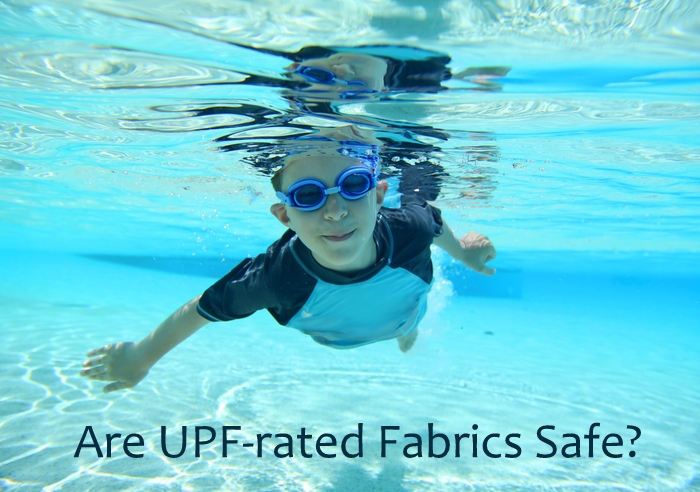 |
| Super soft newborn skin is also uniquely susceptible to absorption of toxic chemicals. |
This post is sponsored by Earth Mama Angel Baby and Green Sisterhood.
Like many of you, I started paying attention to the ingredients of common household products after the birth of my first child. When my baby first sucked on our wood floor I wondered, what's in my floor cleaner? When he sucked on my hair I wondered, what's in my leave-in conditioner and is it safe for a baby to ingest? As I changed his diapers I wondered, what are disposable diapers made of? And as I rubbed lotion into his dry skin I wondered, how safe are the unpronounceable ingredients of this baby lotion?
I think anyone who has ever held a newborn baby in his or
her arms cannot help but grasp on an instinctual level how truly vulnerable
newborns are. Unfortunately, one way in
which babies are particularly vulnerable is to the effects of harmful chemicals
in their environment.





















